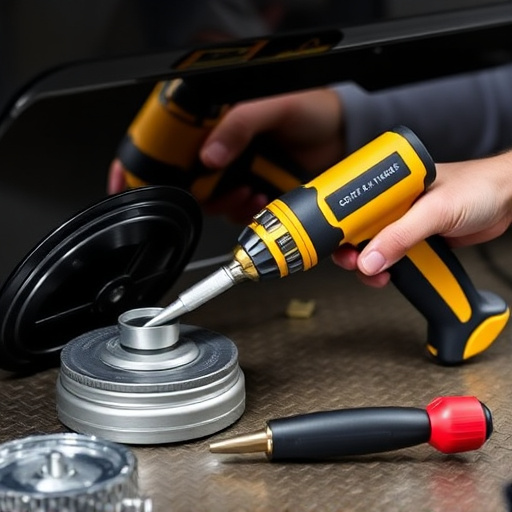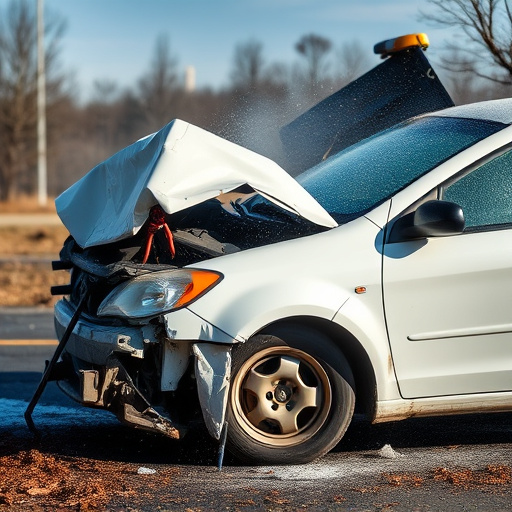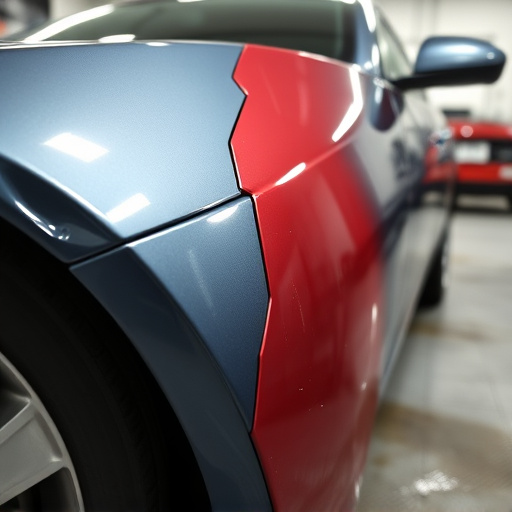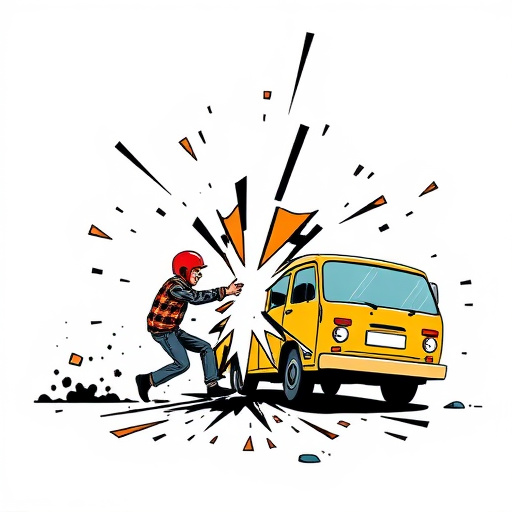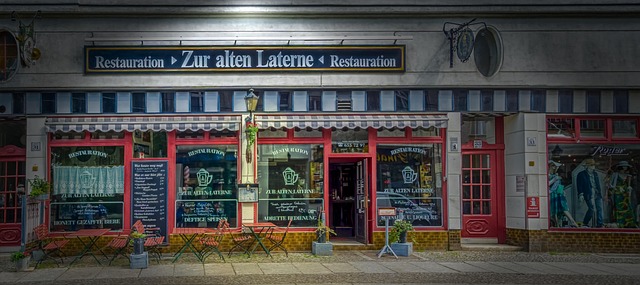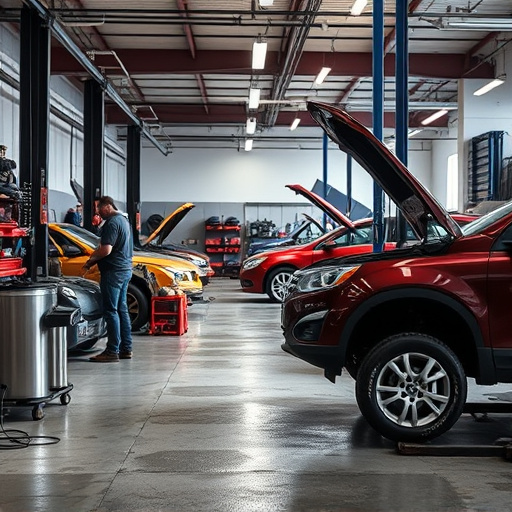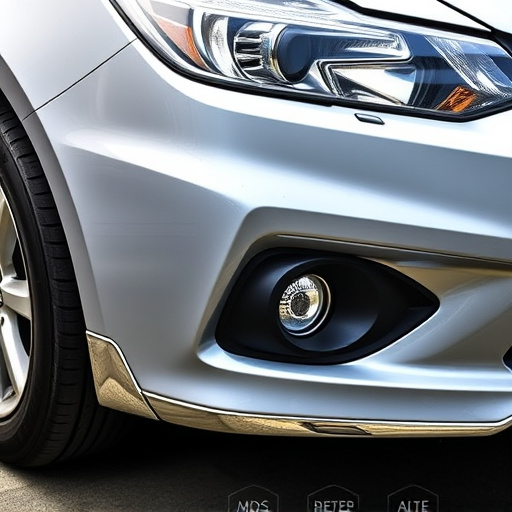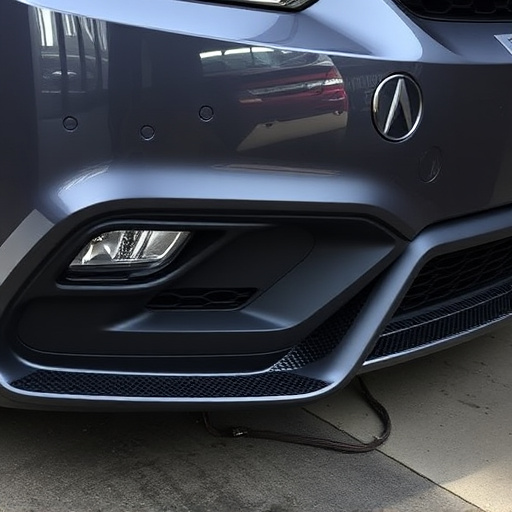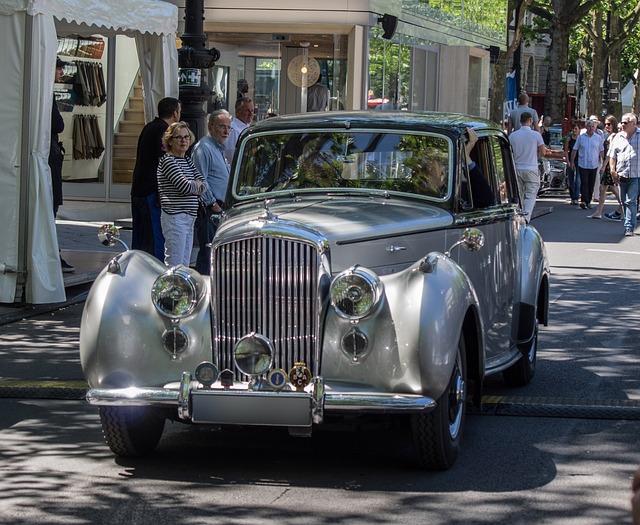Antique auto restoration is a growing field that combines historic preservation with environmental stewardship. Restorers replace outdated materials with eco-friendly alternatives, minimizing the ecological impact while preserving vintage vehicles. This green revolution in restoration offers a sustainable approach to automotive heritage, using recycled materials and safer practices to reduce waste and carbon footprints. As modern demands for sustainability increase, antique auto restoration continues to evolve, ensuring that iconic cars like Mercedes Benz remain not only historical treasures but also champions of eco-conscious motoring.
Antique auto restoration isn’t just about preserving historical vehicles; it’s also a key player in eco-friendly practices. The environmental impact of antique autos, once dominated by pollution, now offers an opportunity for responsible conservation. This article explores how modern restoration techniques embrace sustainability, from using eco-friendly materials to innovative recycling methods. We delve into case studies showcasing successful efforts to preserve vintage vehicles while minimizing their carbon footprint, highlighting the future trends shaping this green revival.
- The Environmental Impact of Antique Autos: A Historical Perspective
- Eco-Friendly Restoration Techniques in Practice
- Preserving History While Reducing Carbon Footprint: Case Studies and Future Trends
The Environmental Impact of Antique Autos: A Historical Perspective
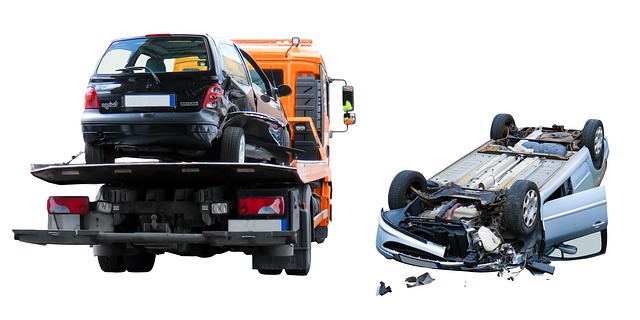
Antique autos, with their classic charm, hold a special place in automotive history. However, their very nature as vintage vehicles comes with an environmental cost. These older models often contain materials and manufacturing processes that are now considered harmful to the planet. Lead-based paints, for instance, were commonly used in the past and can leach toxic chemicals if not handled properly. Similarly, certain types of rubber and plastic, along with outdated fuel systems, contribute to a significant carbon footprint.
The rise of antique auto restoration plays a crucial role in mitigating these ecological concerns. Restorers, like skilled artisans, carefully reconstruct and preserve these historical vehicles while adopting eco-friendly practices. They employ modern techniques for car scratch repair and bumper repair, replacing old, non-sustainable components with newer, greener alternatives. Many auto body shops now focus on using environmentally friendly materials and methods, ensuring that the restoration process not only brings these classic cars back to life but also aligns with contemporary sustainability goals.
Eco-Friendly Restoration Techniques in Practice

The field of antique auto restoration is evolving to embrace eco-friendly practices, ensuring that the process respects the environment while preserving historical vehicles. Restorers are now utilizing innovative techniques and materials to minimize the ecological impact of their work. For instance, many restorers opt for environmentally friendly solvents and cleaning agents, reducing the release of harmful chemicals into the atmosphere.
When it comes to structural repairs, traditional methods are being replaced with sustainable alternatives. Instead of using toxic paints and finishes, restorers often employ natural coatings derived from plants or mineral-based options. In some cases, antique auto restoration involves intricate auto glass repair, where recycled materials are utilized to create new components, closing the loop on waste management. Even iconic vehicles like Mercedes Benz repair benefit from these eco-conscious approaches, ensuring that their restoration aligns with modern environmental standards.
Preserving History While Reducing Carbon Footprint: Case Studies and Future Trends
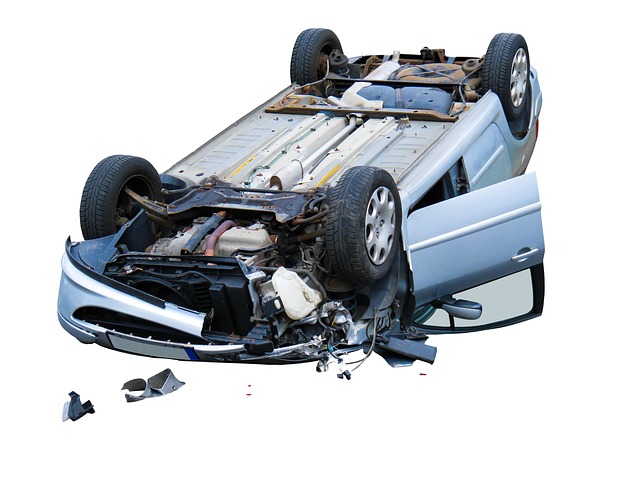
The art of antique auto restoration offers a unique fusion of preserving history and embracing eco-friendly practices. By meticulously recreating or restoring vintage vehicles, enthusiasts and professionals contribute to reducing the environmental impact associated with manufacturing new cars. This process often involves extensive research, sourcing original parts, and utilizing sustainable materials for repairs, minimizing the need for excessive production and waste.
Case studies reveal successful examples where antique auto restoration has significantly lowered carbon footprints. For instance, a study on vintage car collections showed that the overall environmental impact of these vehicles is considerably lower than modern equivalents due to their longer lifespans, fewer complex parts, and reduced reliance on non-sustainable materials. As the trend towards eco-conscious motoring gains momentum, future restoration practices may see further integration of green technologies in car body repair and even innovative solutions for car scratch repair, ensuring that vintage vehicles remain not just historical treasures but also champions of sustainable living.
Antique auto restoration, with its focus on preserving historical vehicles while minimizing environmental impact, plays a crucial role in promoting eco-friendly practices. By adopting sustainable techniques and prioritizing the reduction of carbon footprints, restorers contribute to a greener future without sacrificing the allure of classic cars. This harmonious balance between history and sustainability ensures that antique autos continue to captivate enthusiasts while respecting the environment they inhabit.
